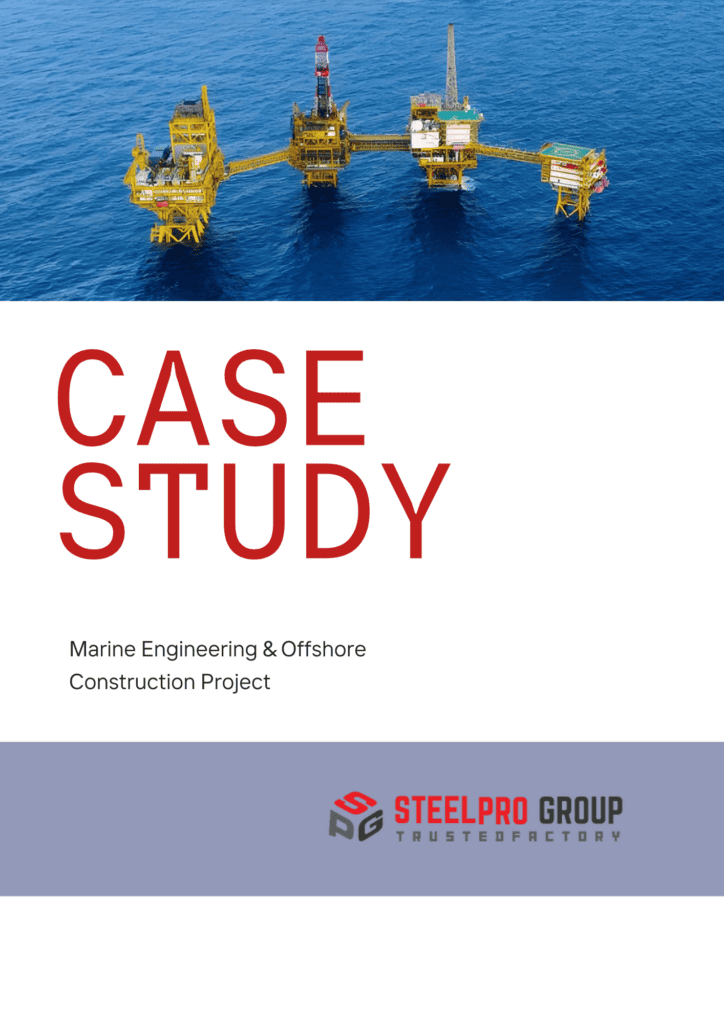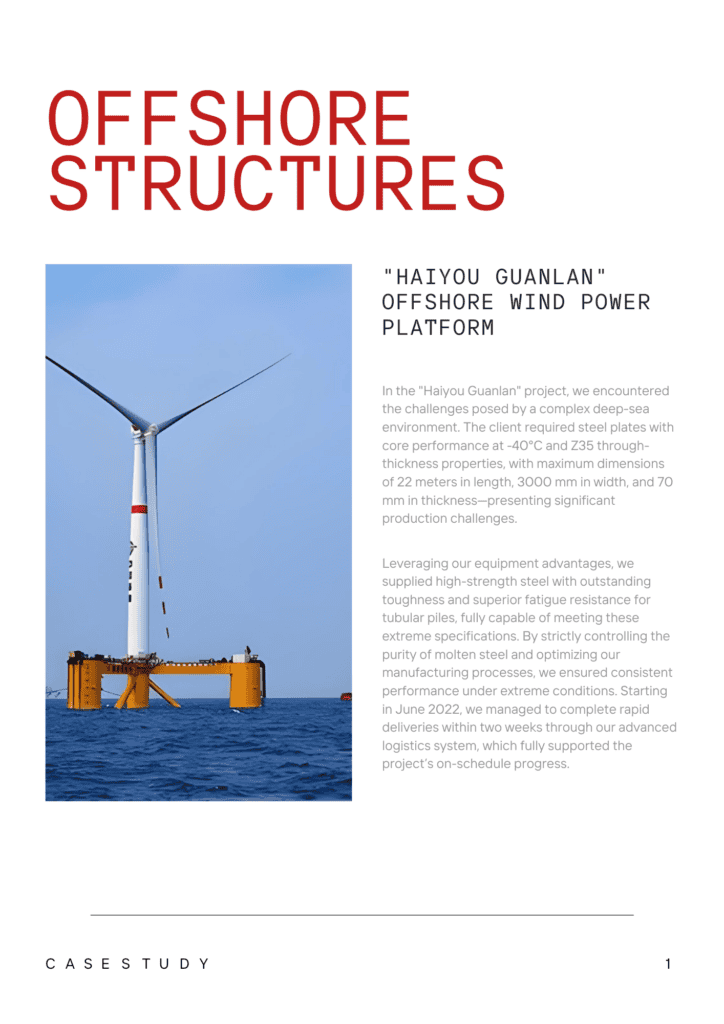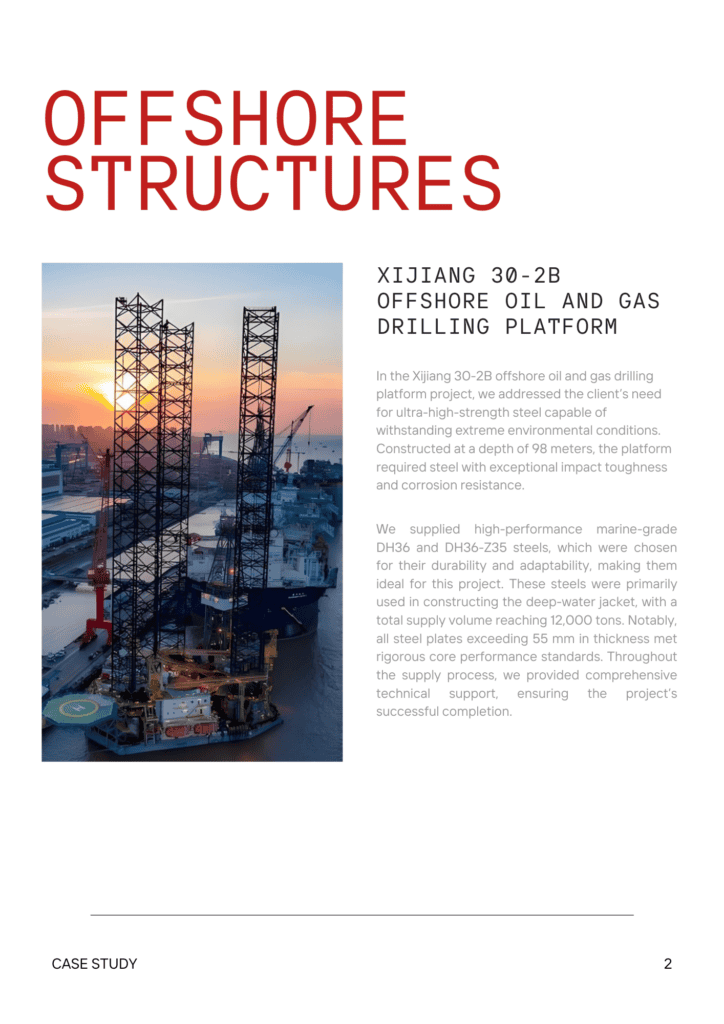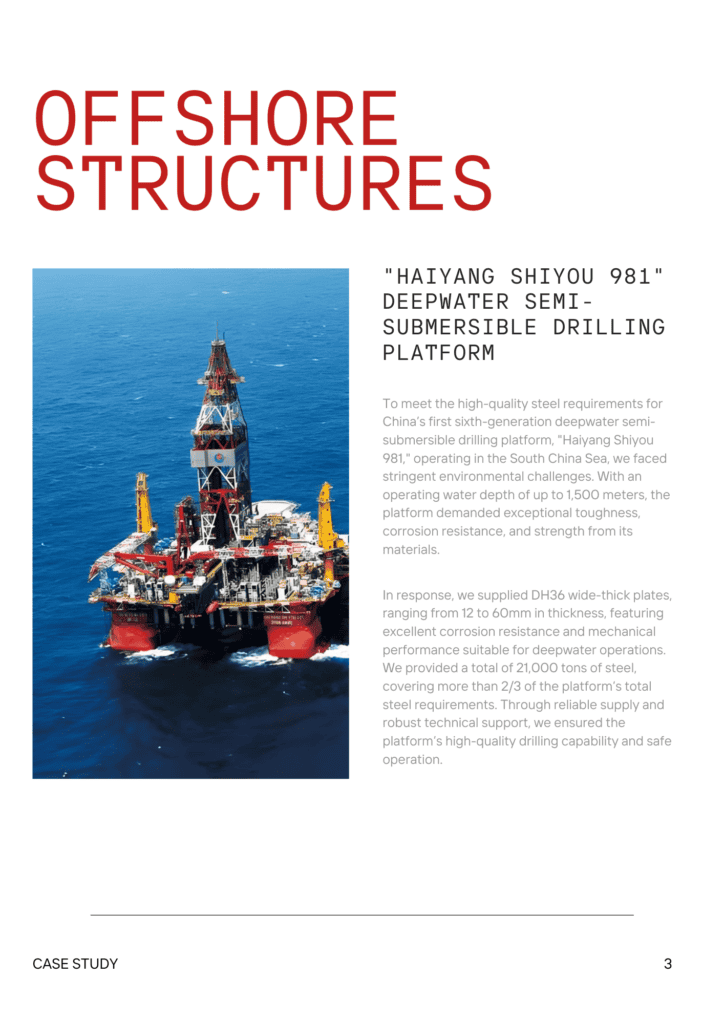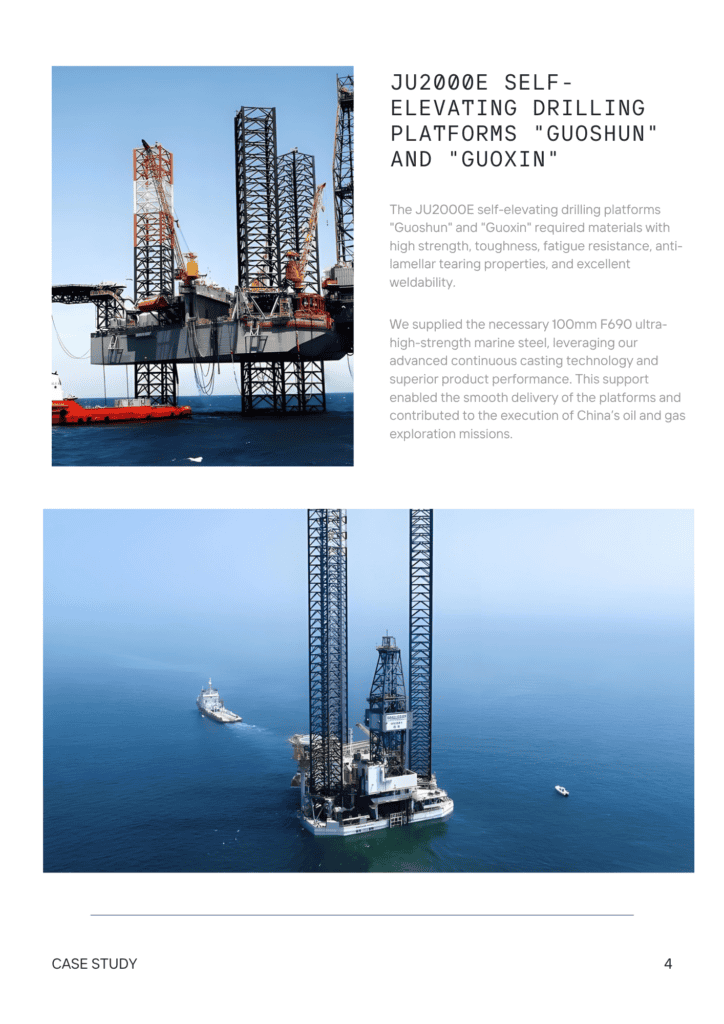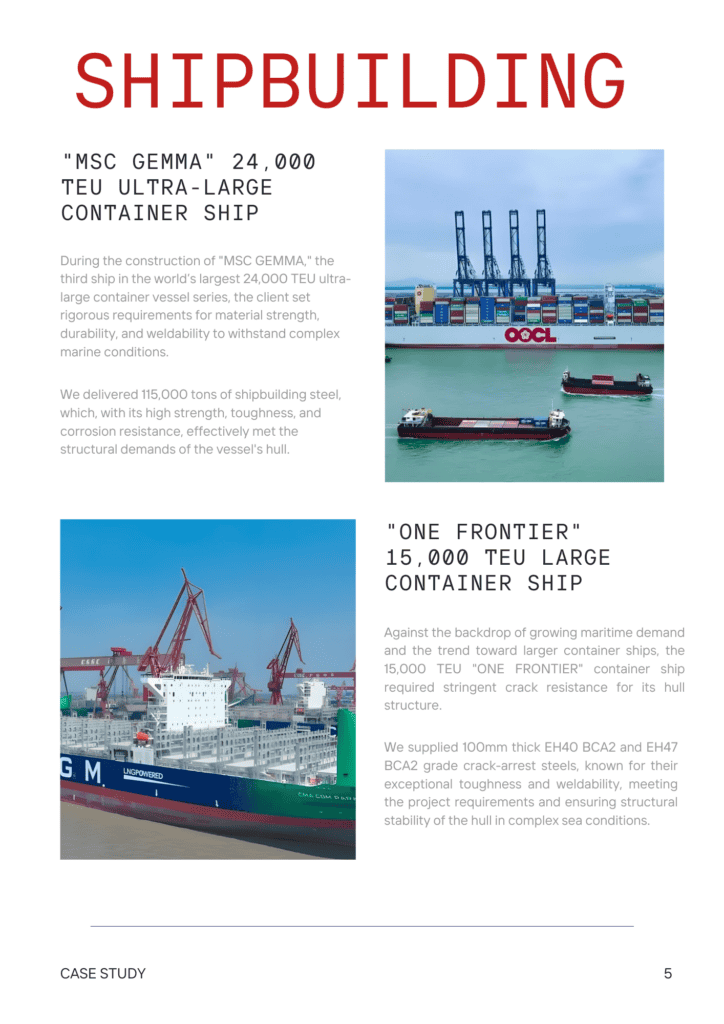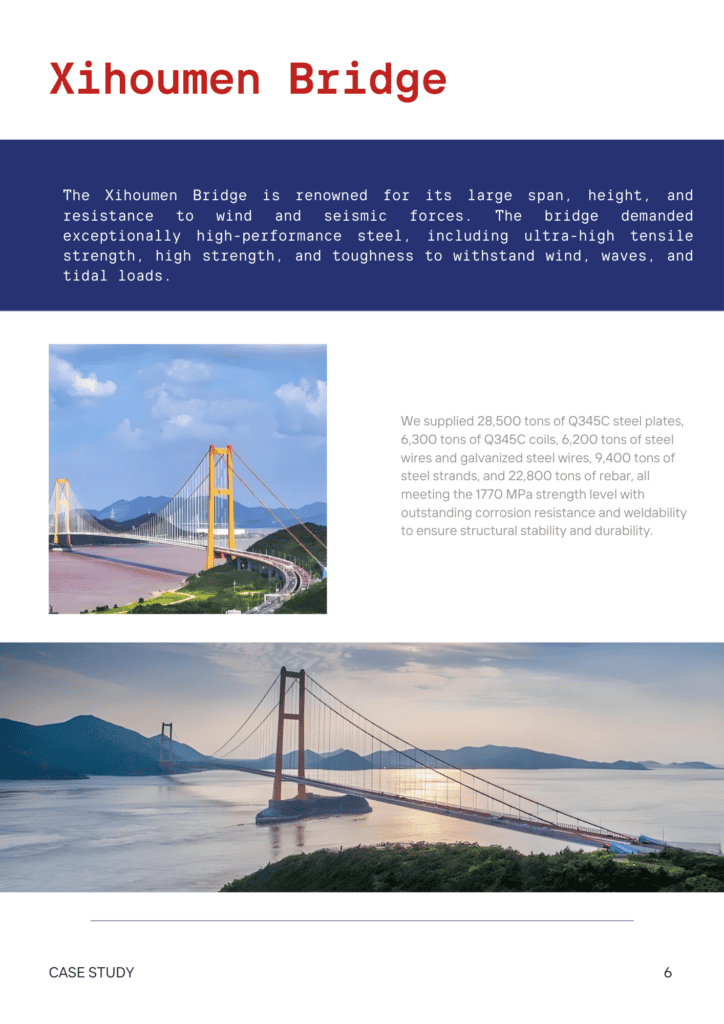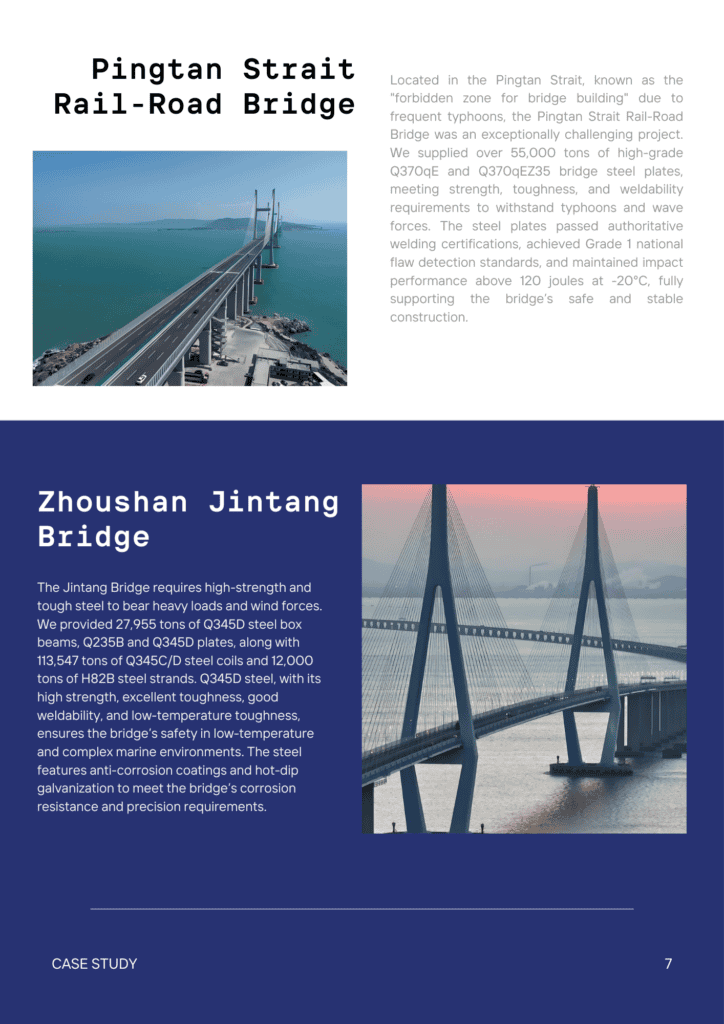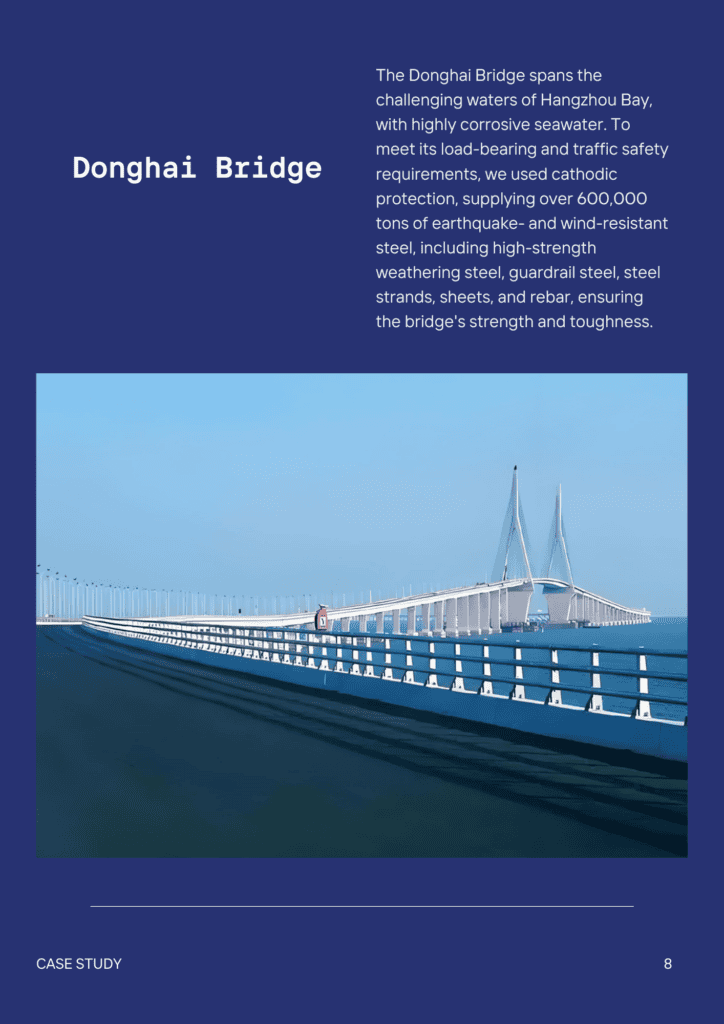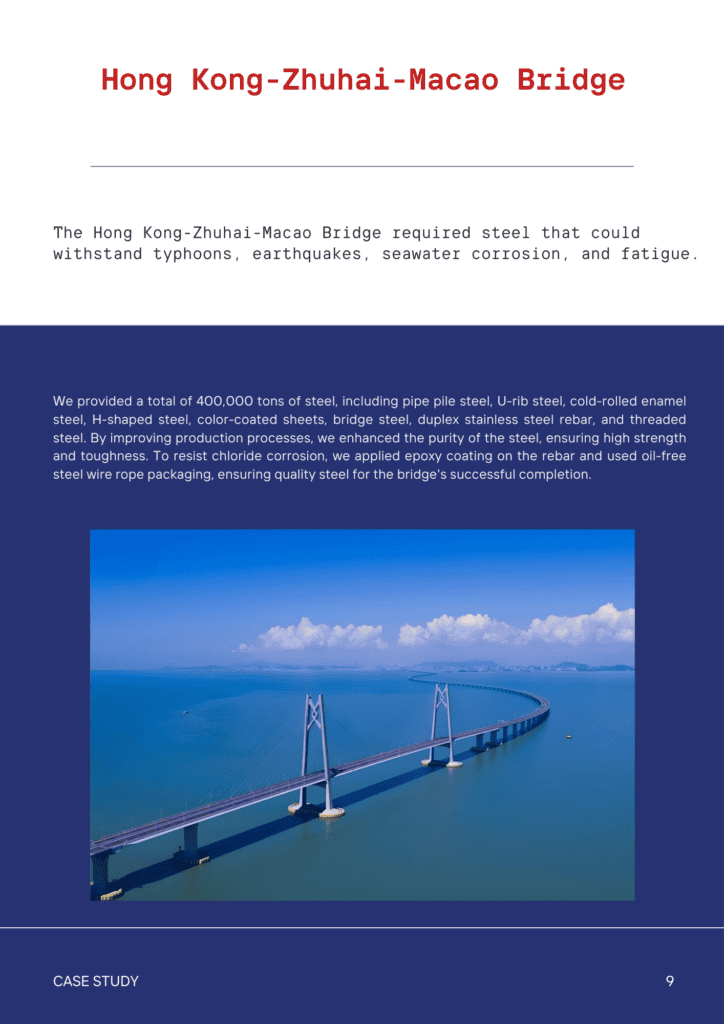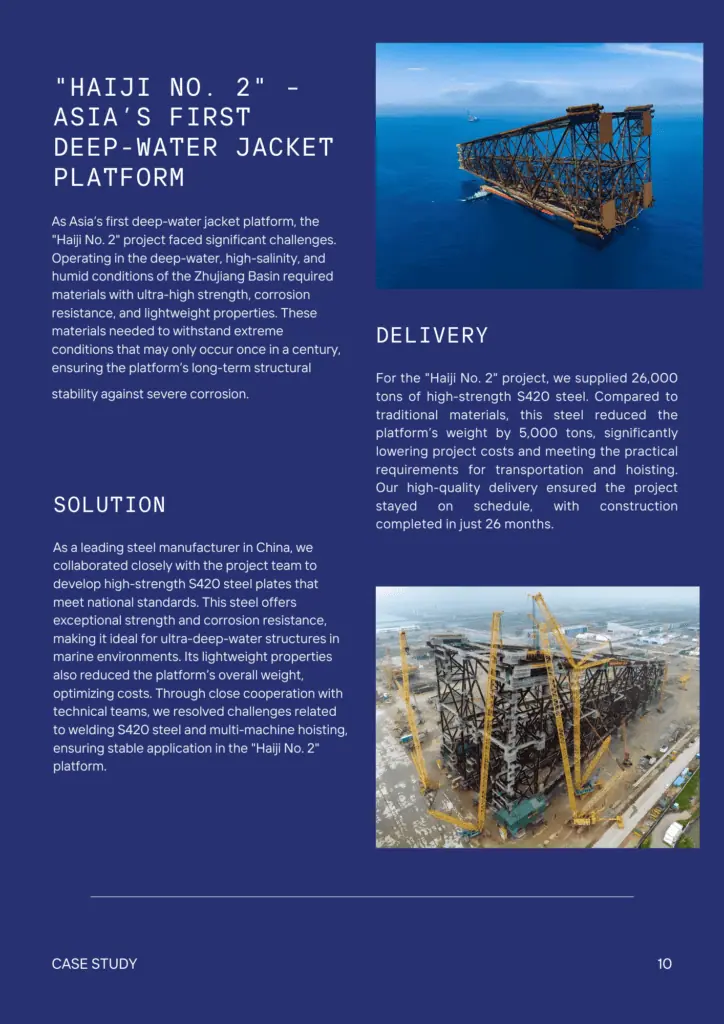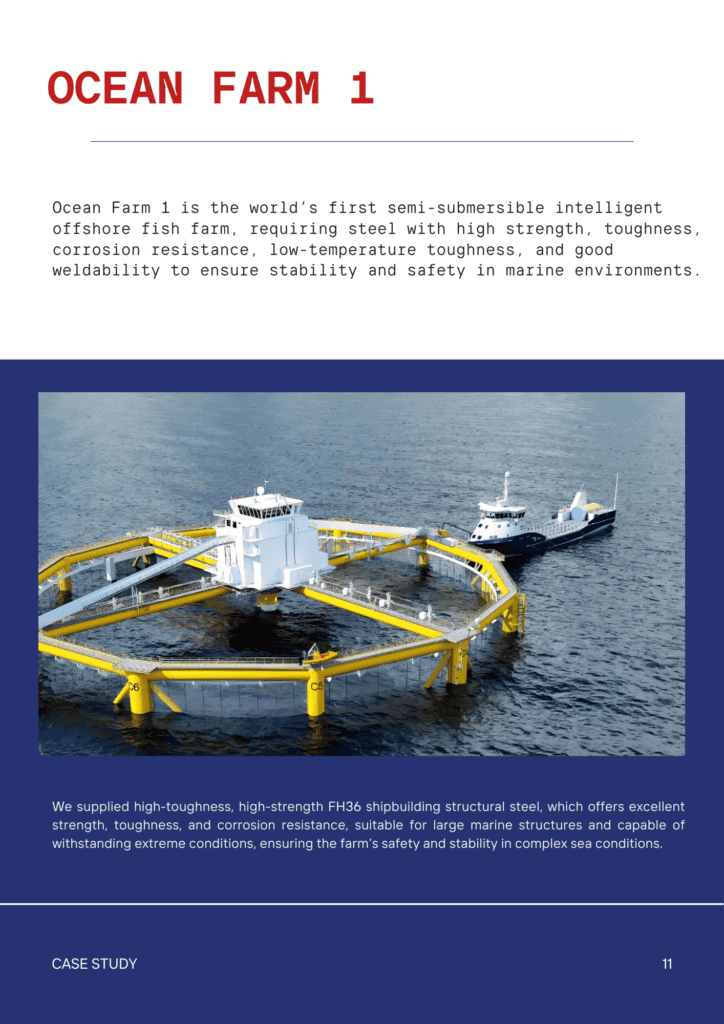X60 | L415 | L415MB | High Strength Carbon Steel Pipes
X60 | L415 | L415MB | High Strength Carbon Steel Pipes
X60 is a high-strength carbon steel used primarily in pipeline applications. It conforms to the API 5L standard. The “X” indicates the steel’s minimum yield strength in ksi (60 ksi in this case). Equivalent grades include L415 (ISO 3183) and L415MB (EN 10208-2). X60 features high tensile strength, good ductility, and excellent toughness. It is commonly used for transporting oil and gas due to its ability to withstand high pressure and harsh environments.
Description
What Is X60?
X60 is a type of pipeline steel that consists of 97-98% iron, up to 1.2% manganese, and up to 0.26% carbon, with smaller amounts of silicon, phosphorus, and sulfur. It is typically made of solid cylindrical pipes. X60 steel has excellent toughness and high compressive strength. It also has good weldability and high resistance to corrosion and cracking. It is used mainly in oil and gas transportation. The steel is processed through hot rolling. X60 pipes can be classified as seamless or welded based on their manufacturing process.Characteristics of X60 Steel
X60 steel is known for its high strength and toughness. It has excellent weldability and resistance to corrosion, making it ideal for harsh environments. X60 is mainly used in oil, gas, and water pipeline transportation. It performs well under high pressure and stress. For applications requiring even higher strength or better corrosion resistance, consider using X70 or X80 steel grades. These alternatives offer specific advantages in different scenarios, ensuring the best material choice for each project.Chemical Compositions
| Element | Content (%) |
|---|---|
| Carbon, C | 0.12-0.18 |
| Manganese, Mn | 1.00-1.60 |
| Phosphorus, P | ≤ 0.025 |
| Sulfur, S | ≤ 0.015 |
| Silicon, Si | ≤ 0.45 |
| Copper, Cu | ≤ 0.50 |
| Nickel, Ni | ≤ 0.50 |
| Chromium, Cr | ≤ 0.30 |
| Molybdenum, Mo | ≤ 0.15 |
| Vanadium, V | ≤ 0.10 |
| Aluminum, Al | ≤ 0.05 |
Physical Properties
| Property | Metric | Imperial |
|---|---|---|
| Density | 7.85 g/cm³ | 0.283 lb/in³ |
| Melting Point | 1450-1520 °C | 2642-2768 °F |
| Boiling Point | 3000 °C (approx.) | 5432 °F (approx.) |
| Thermal Conductivity | 50.2 W/m·K | 29 BTU/(h·ft·°F) |
| Electrical Conductivity | 1.43 MS/m | 1.43 MS/m |
| Specific Heat Capacity | 490 J/kg·K | 0.117 BTU/lb·°F |
| Thermal Expansion Coefficient | 12.0 µm/m·K | 6.7 µin/in·°F |
| Electrical Resistivity | 0.7 µΩ·m | 0.7 µΩ·m |
Mechanical Properties
AC (Air Cooled) Sate
| Property | Metric | Imperial |
|---|---|---|
| Tensile Strength | 520-620 MPa | 75.4-90 ksi |
| Yield Strength | 415 MPa | 60.2 ksi |
| Brinell Hardness | 200 HB | 200 HB |
| Rockwell Hardness | 85 HRB | 85 HRB |
| Vickers Hardness | 180 HV | 180 HV |
| Elongation | 21% | 21% |
| Elastic Modulus | 200 GPa | 29 Msi |
QT (Quenched & Tempered) State
| Property | Metric | Imperial |
|---|---|---|
| Tensile Strength | 520-760 MPa | 75-110 ksi |
| Yield Strength | 415-620 MPa | 60-90 ksi |
| Elongation | 18-22% | 18-22% |
| Reduction of Area | 45-65% | 45-65% |
| Impact Absorption Energy | 27-50 J (at -30°C) | 20-37 ft-lb (at -22°F) |
| Elastic Modulus | 200 GPa | 29 Msi |
Industries & Applications
| Industry | Application |
|---|---|
| Oil and Gas | Pipeline, Drill Pipes, Casing, Tubing |
| Construction | Structural Beams, Columns, Bridges, Frames |
| Automotive | Chassis Components, Exhaust Systems, Reinforcement Bars, Fuel Tanks |
| Shipbuilding | Hull Plates, Bulkheads, Decks, Frames |
| Energy | Wind Turbine Towers, Power Plant Piping, Boiler Tubes, Heat Exchangers |
| Aerospace | Landing Gear Components, Engine Mounts, Fuselage Frames, Structural Supports |
| Pressure Vessels | Storage Tanks, Heat Exchanger Shells, Pressure Pipes, Reactor Vessels |
| Heavy Machinery | Excavator Arms, Crane Booms, Loader Buckets, Bulldozer Blades |
| Infrastructure | Water Pipelines, Sewage Pipelines, Gas Distribution Pipes, Tunnel Supports |
Machining
Heat Treatment
- Normalizing: Refines grain structure and improves mechanical properties. Heat the steel to 900-950°C (1652-1742°F), hold for 1 hour per inch of thickness, then cool in still air.
- Quenching: Increases hardness and strength. Heat the steel to 880-940°C (1616-1724°F), hold for 1 hour per inch of thickness, then quench in water or oil to cool rapidly.
- Tempering: Reduces brittleness and improves toughness. Reheat the quenched steel to 540-680°C (1004-1256°F) depending on desired properties, hold for 1 hour per inch of thickness, then cool in still air.
- Stress Relieving: Reduces residual stresses from manufacturing processes. Heat the steel to 540-600°C (1004-1112°F), hold for 1 hour per inch of thickness, then cool in still air.
Surface Finish
- Hot-Dip Galvanizing: Dipping steel into molten zinc for a durable, corrosion-resistant coating.
- Electro-Galvanizing: Using an electrochemical process for a smooth, uniform zinc coating.
- Shot Blasting: Blasting with abrasives to clean and roughen the surface.
- Pickling: Using acid to remove oxide scales and rust.
- Painting/Coating: Applying protective coatings to prevent corrosion and enhance appearance.
*Customization is available upon request.
Disclaimer
The provided heat treatment and surface treatment processes are general guidelines. Actual conditions may vary depending on specific applications and requirements. It is recommended to consult with a professional metallurgist or material scientist to tailor the processes to your particular needs. The information herein is not a substitute for professional advice and should not be relied upon as such.
Our Service
SteelPRO Group – manufacturer and solution provider for special steel, offering multi-industry application solutions and customised services, 100% quality free, accompanying customers in their growth!
Our Quality Control
- Roundness
- Tolerance
- Microstructure
- Non-Destructive Testing
- Destructive Testing
- Process Control
Service Integration Processing
- Welding
- Metal Fabrication
- CNC Machining
- Lathe
- Forming
QUESTION 1
QUESTION 2
QUESTION 3
QUESTION 4
QUESTION 4
CONTACT
CONTACT
Certifications







Other Products
-
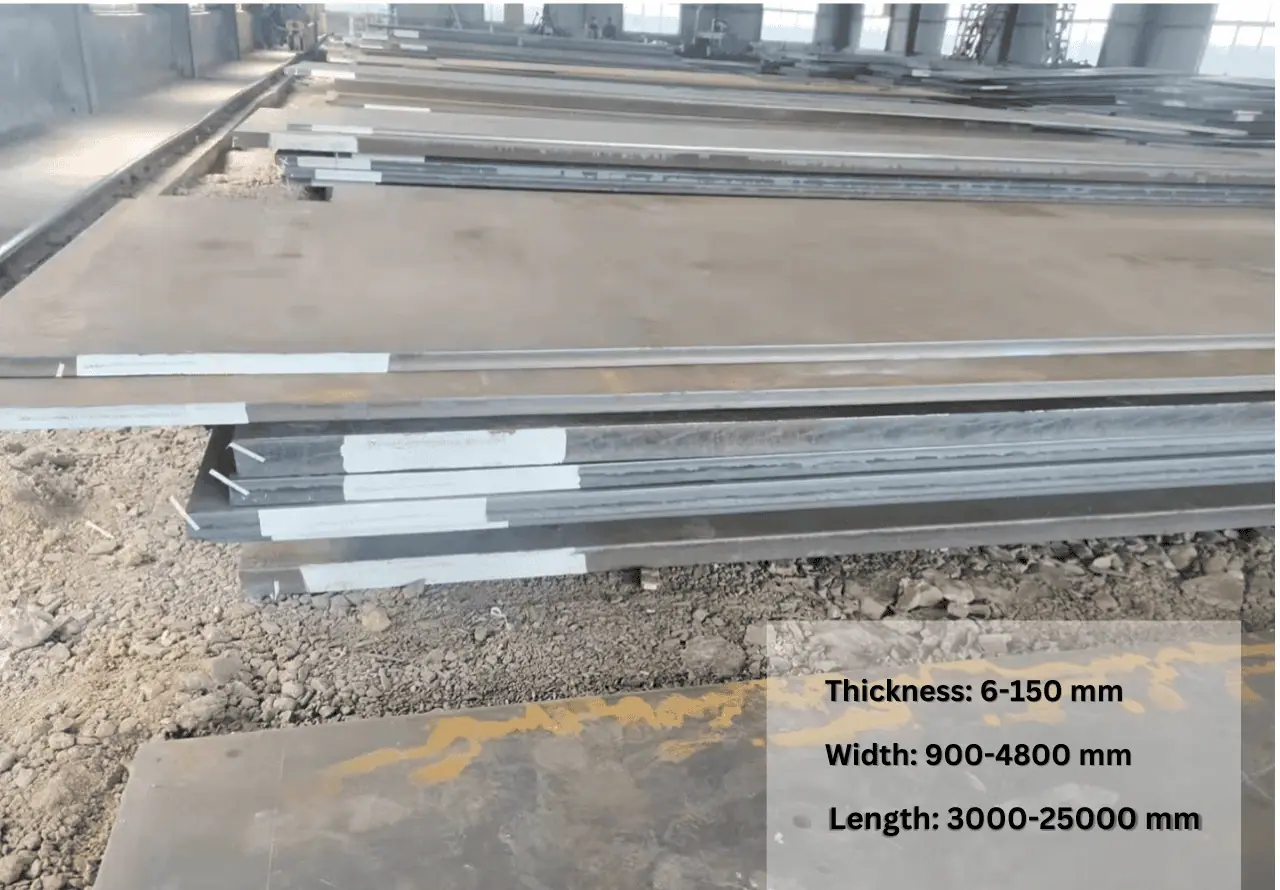
-
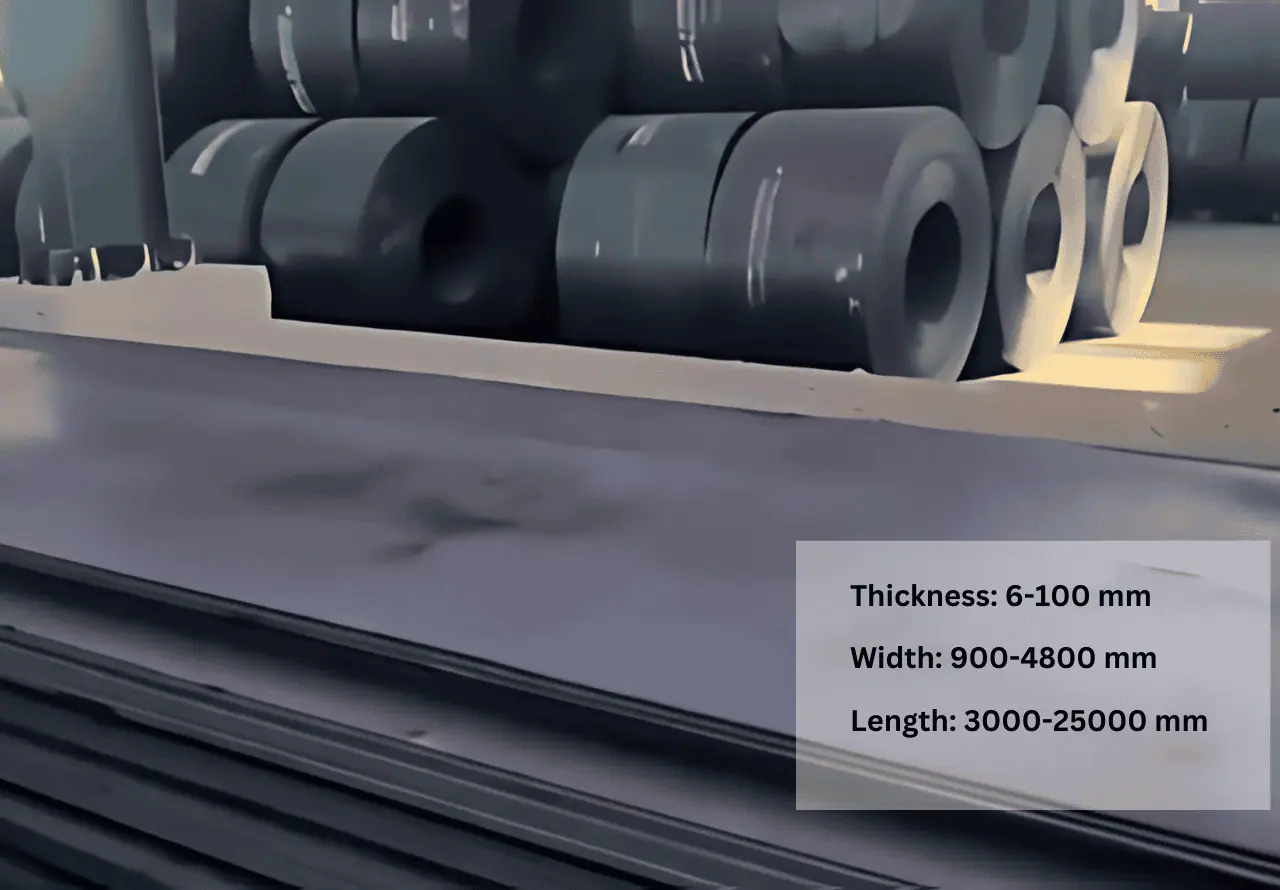
SteelPRO Group offers FH550 high-strength structural steel plates for shipbuilding....
-
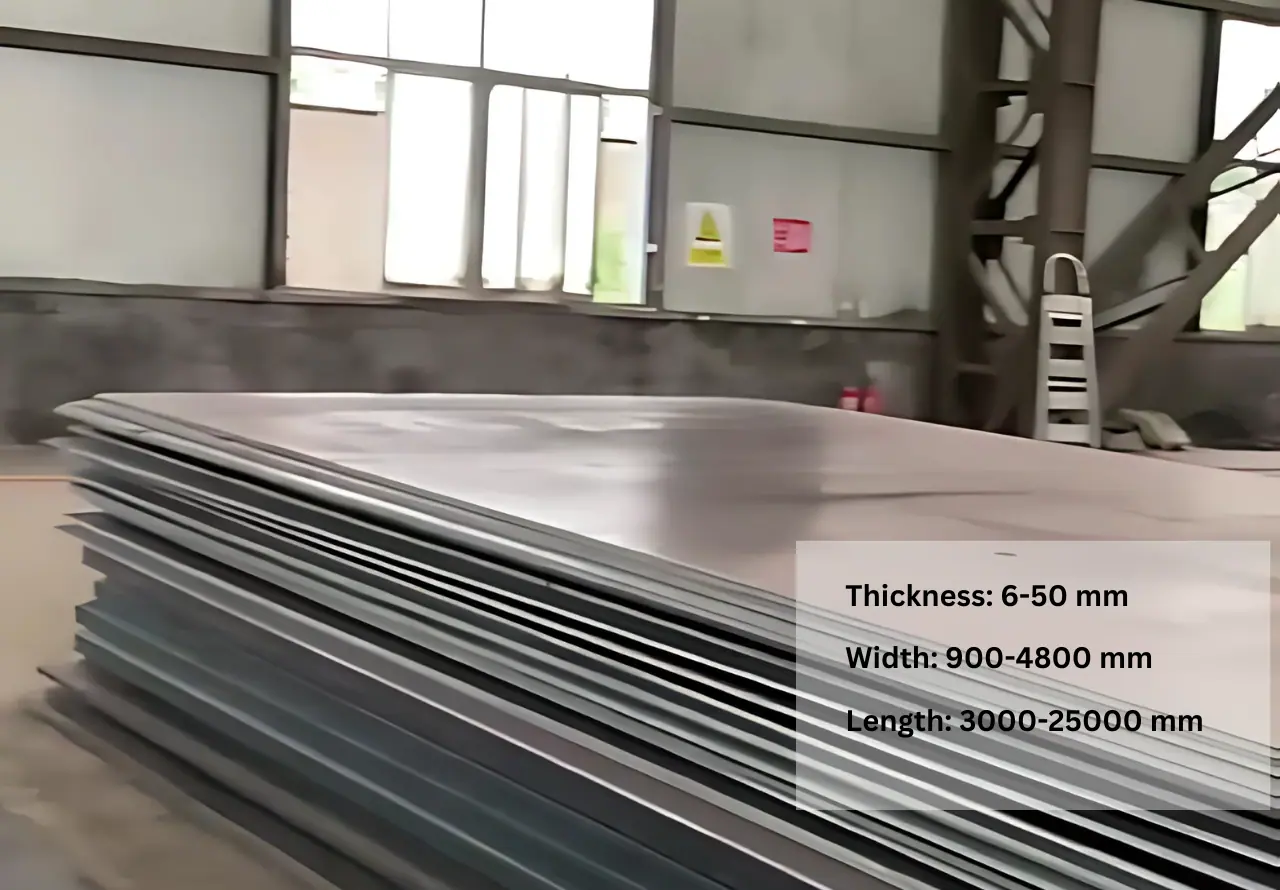
SteelPRO Group offers DH550 high-strength shipbuilding steel plates in stock....
-
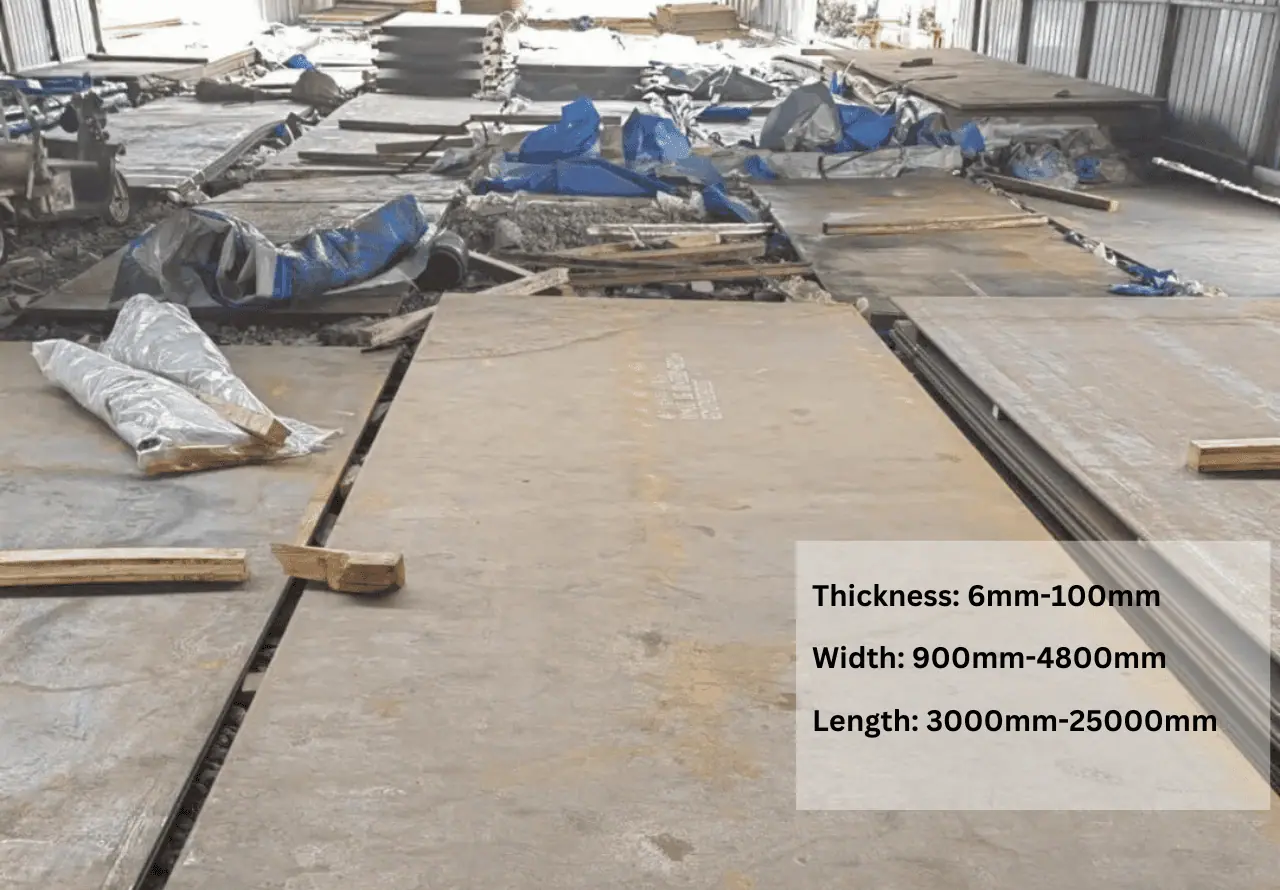
SteelPro Group offers FH36 high-strength steel for shipbuilding. It has...



